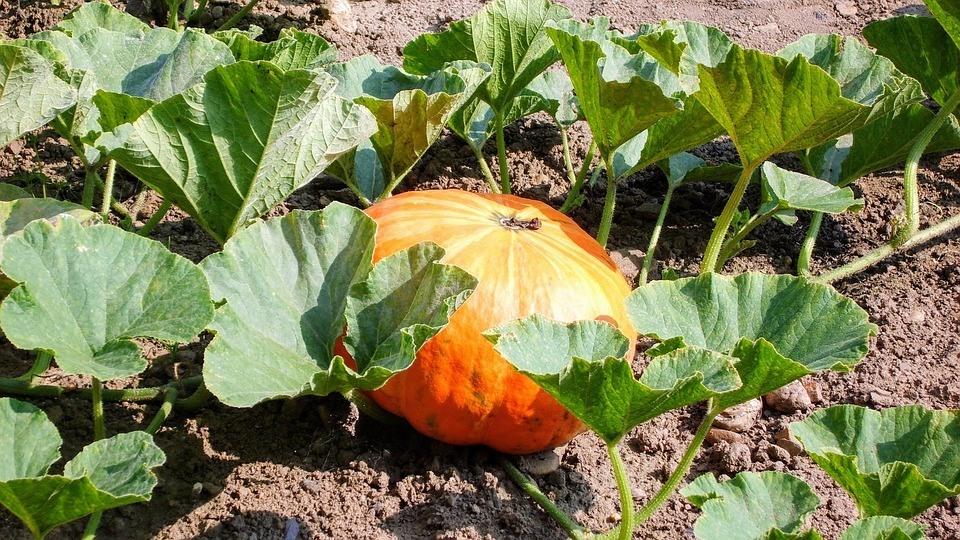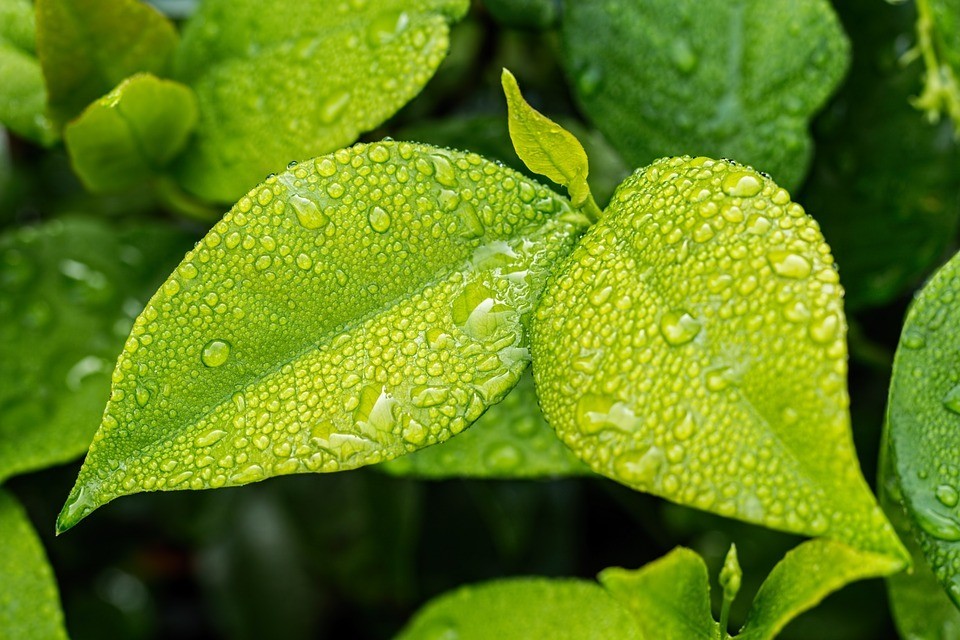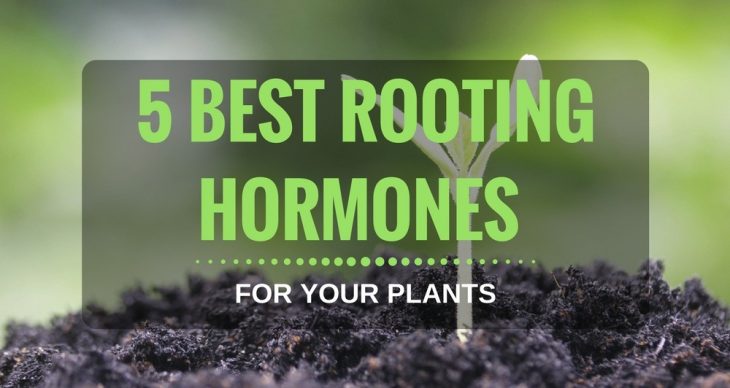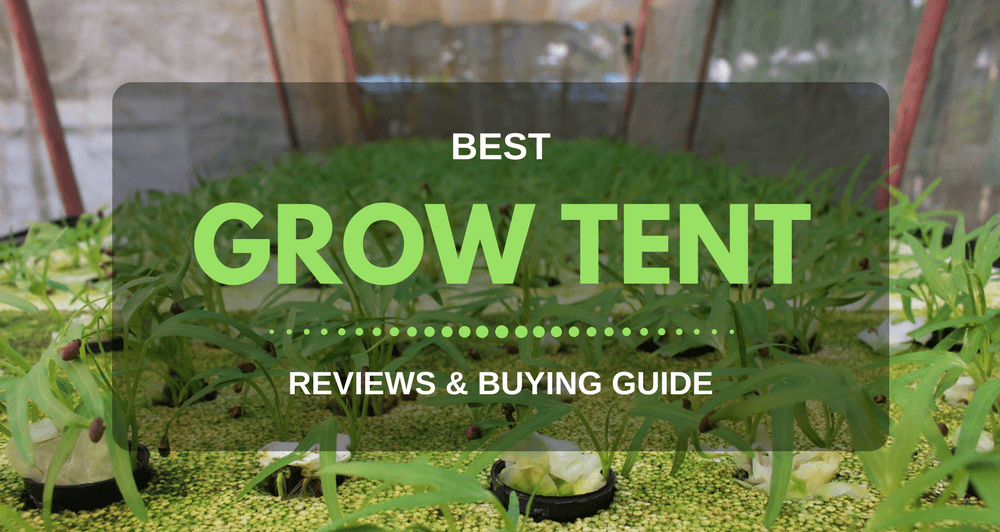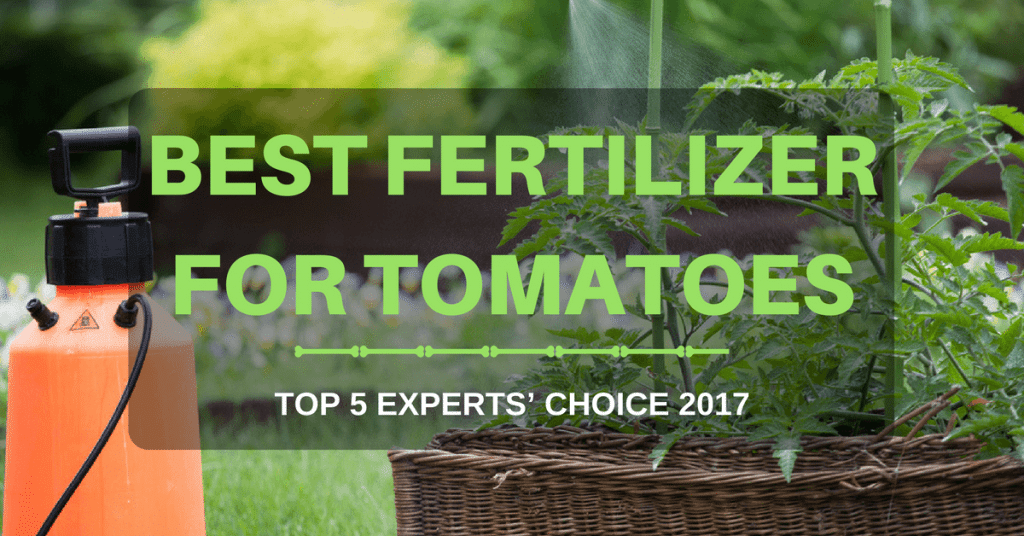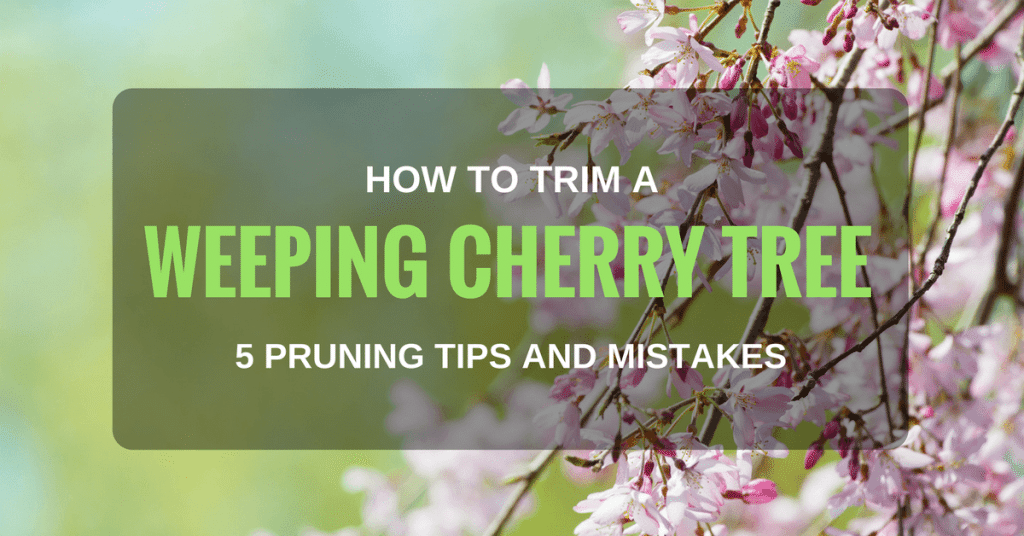Have you got a hankering for deliciously plump pumpkins? These orange balls of joy are a main staple come the autumn. They look perfect in any kitchen table arrangement, or smiling brightly as a Halloween jack-o-lantern. But these treats are for more than decoration. You can bake them in a pie, cook them in a…
Why Are Plants Green?
Green is the color that represents life; therefore, it stands for hope. Green plants offer hope of ongoing survival by offering foods, fuels, medicines, and seed for future generations. As we ponder the question, why are plants green, we put ourselves in the position to learn about nature and our environment. Questioning opens the mind…
5 Best Pole Saw Pruners: Reviews & Recommendations
Best pole saws are used in tree trimming as they are useful in cutting branches that are difficult to reach. 5 reviews from Amazon products.
5 Best Rooting Hormone Products | Reviews & Tips
The best rooting hormone products for your garden depend on many factors. Learn more about all of them and the 5 best products on the market.
5 Best Brush Cutter Blade For Your Brush Cutter Machine
Using the right brush cutter blade for your brush cutter machine will help you get a more tidy and well-leveled lawn. Read these 5 reviews!
3 Best Carbon Filter For Grow Room | Reviews & Buying Tips
Do you want the best carbon filter for your grow room? Check out our three favorites and all the buying tips we gathered in this article!
Best Grow Tent For The Money|Reviews & Buying Guide
Read this article to learn about the best grow tent for the money that would allow you to do a successful gardening all year round.
5 Best Leaf Mulcher Vacuums | Reviews 2022
The best leaf mulcher vacuum is an all-around tool that helps you maintain your garden. Read this article to find out our 5 best choices!
The Best Fertilizers For Tomatoes: Top 5 Experts’ Choice
Growing tomatoes is a skill a gardener must learn. Learn the pros and cons of the 5 best fertilizers for tomatoes to improve your harvest.
How to Trim a Weeping Cherry Tree: Pruning Tips and Usual Mistakes
Pruning a weeping cherry tree takes more care than you thought. Here are 5 pruning tricks and 5 mistakes when trimming a weeping cherry tree!
